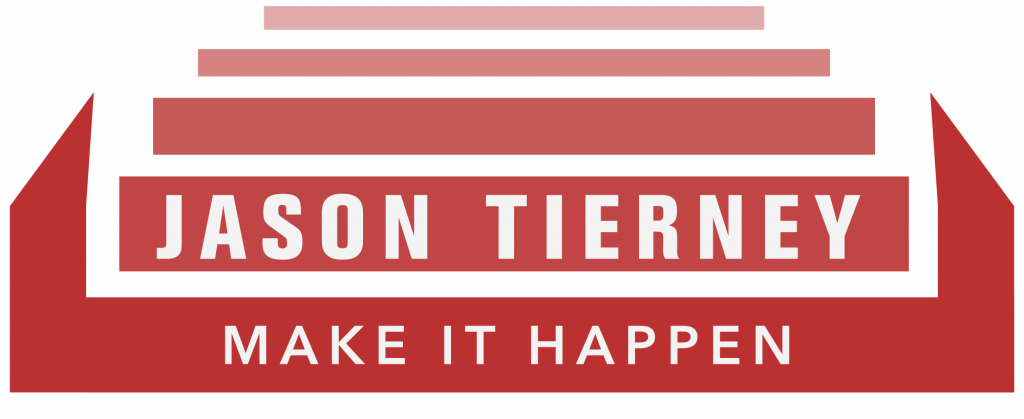 S.M.A.R.T. GOALS present a simple, reproducible way to create benchmarks and instill accountability. The acronym stands for Specific, Measurable, Attainable, Relevant, and Timely.
S.M.A.R.T. GOALS present a simple, reproducible way to create benchmarks and instill accountability. The acronym stands for Specific, Measurable, Attainable, Relevant, and Timely.
S.M.A.R.T. GOALS minimize ambiguity and let people know exactly what’s expected of them. This helps with the annual review process, salary increases, termination, and daily processes. You owe it to your team to let them know what the benchmarks are. This ensures accountability, objectivity, and clarity.
What does this look like in your practice?
S.M.A.R.T. GOALS with your front-desk team, Isabella and Regan, might sound like this:
- Currently, we’re sporadically screening patients for sleep disordered breathing. Beginning Monday, you should start providing the Epworth Sleepiness Scale to every new and existing adult patient.
- Right now, we’re averaging 16 patients per day. That means we should have at least 250 patients screened by the end of the month.
- This will ensure that our patients get screened for this potentially harmful disorder, we can get the appropriate ones on the path to treatment, and we’ll begin to implement DSM in a real way in our practice. Isabella and Regan, are you up for the challenge?”
Reviewing S.M.A.R.T. GOALS with your sleep coordinator, Flora, might go something like this:
- “Right now we’re getting an average of three patient referrals per month from Dr. Blixt, three per month from Doc Feelgood, and sporadic referrals from Dr. Storbeck at Bachelorette Sleep. We averaged eight referrals per month last year.
- We need to bump up this number to 20 referrals per month by the end of this year. Please visit those three offices once a month with lunch or just a drop-in to keep us top-of-mind. I also expect you to visit at least two new potential referral sources each week.
- During our first sleep huddle each month, you’ll provide us with an update on referral figures, your visits from the previous month, and any relevant details for those coming up.
HIT YOUR GOALS!
 There was no ambiguity in those examples. There are measurable goals with clear, quantifiable metrics.
There was no ambiguity in those examples. There are measurable goals with clear, quantifiable metrics.
Although each of these examples includes significant goals, they are definitely attainable. The goals shouldn’t be too easy; they should stretch each team member’s abilities. However, they do need to be attainable. Otherwise, they become demoralizing. In the referral example, if the sleep coordinator is tasked with generating 100 new referral sources each week, she will fail every week until eventually she strolls out one final time – middle fingers waving the entire way.
The goals mentioned—increasing the number of screened patients and boosting the volume of referring physicians—are both relevant, even paramount, to the success of your dental sleep practice.
On an episode of Azeem Azhar’s Exponential View podcast, Tony Fadell, co-creator of the iPhone and iPod, talked about how individual departments at Apple had to get aligned with the company’s mission. Each department was operating as its own business unit with its own metrics and goals, and so many units hit their individual bonus goals even though the company was in the red. Individuals and departments should have their respective S.M.A.R.T. goals, but they must move the practice toward your overall goals.
 Finally, the goals are timely, associated with deadlines. It’s been said that “a goal without a deadline is a dream.” Imposing a deadline goes a long way toward achieving the goals, and it’s necessary for accountability. If you want to know why you’re not hitting your goals, take a look at your deadlines.
Finally, the goals are timely, associated with deadlines. It’s been said that “a goal without a deadline is a dream.” Imposing a deadline goes a long way toward achieving the goals, and it’s necessary for accountability. If you want to know why you’re not hitting your goals, take a look at your deadlines.
As a last note on this topic, remember when you told Flora that you expected her to share a status update during the first huddle of the month? That wasn’t an aside; it’s important. Renowned business management consultant Peter Drucker famously declared, “What gets measured gets managed.”
We’re going to take it a step further with what’s known as Pearson’s Law, which states, “That which is measured improves. That which is measured and reported improves exponentially.” This is a truism, and it adorns the walls of executive coaching offices and coffee mugs on boardroom tables around the globe.
These tenets work for the biggest, most successful companies in the world. Why won’t they work for your dental sleep practice?
What if you could learn and implement the 5 must-have pillars for successful sleep marketing?
During this exclusive limited availability course, marketing industry leaders focused solely on building sleep apnea brands and comprehensive marketing solutions will share their knowledge, wisdom, and experience so your practice can become the local sleep authority – attracting more patients, getting chosen by more referring doctors, and increasing sleep revenue.
This workshop is only limited to 35 attendees, SIGN UP NOW before they sell out! Learn MORE. Do MORE. Be MORE.
Stay informed about Jason’s books, media, & adventures

